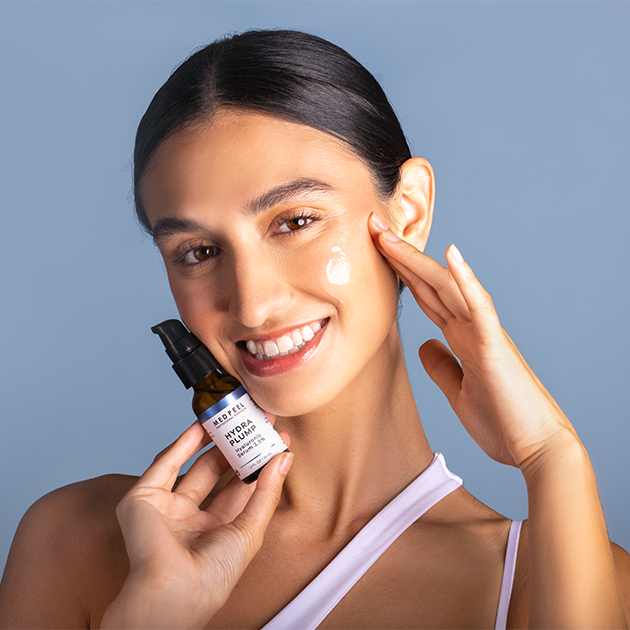
As an esthetician, one of the most effective treatments you can offer your clients is a chemical peel. Chemical peels are a popular way to rejuvenate and improve the appearance of the skin. However, it's crucial to have a comprehensive understanding of this procedure to ensure your client's safety and satisfaction. Here, we will cover everything you need to know about chemical peels, from the basics to advanced concepts.
What Is a Chemical Peel?
A chemical peel is a cosmetic procedure that involves the application of a chemical solution to the skin. This solution exfoliates the outermost layer of the skin, promoting the growth of new, smoother, and healthier skin.
Types of Chemical Peels:
There are various types of chemical peels, including:
- Superficial Peels: These penetrate only the topmost layer of the skin, known as the epidermis and are primarily used to address mild skin issues such as uneven skin tone, fine lines, superficial acne scars, and sun damage.
- Medium Peels: Penetrate both the epidermis and the upper part of the dermis, providing a more extensive exfoliation than superficial peels. Medium peels are used to address moderate skin concerns, including more pronounced wrinkles, deeper acne scars, and moderate pigmentation issues.
- Deep Peels: The most aggressive form of chemical peels - they are typically reserved for severe skin issues, such as deep wrinkles, scars, and intense pigmentation problems.
Each type targets different skin concerns, so it's essential to know when and how to use them.
Benefits of Chemical Peels:
Chemical peels offer numerous benefits, such as:
- Skin rejuvenation
- Improved texture and tone
- Reduction of fine lines and wrinkles
- Treatment of acne and acne scars
- Removal of sunspots and hyperpigmentation
Before performing a chemical peel, it's crucial to conduct a thorough client consultation. Discuss their skin concerns, medical history, and expectations to determine the most suitable peel and avoid potential complications.
Pre-Peel Preparation:
Proper pre-peel preparation can enhance the results and reduce the risk of adverse reactions. This includes advising clients to avoid certain skincare products and behaviors in the days leading up to the peel.
Performing the Chemical Peel:
You should always follow a product’s specific instructions, but the basic step-by-step process of applying a chemical peel generally includes the following:
- Cleansing the skin
- Application of the chemical solution
- Monitoring reaction time
- Neutralization
After the chemical peel, clients should follow a specific skincare regimen to optimize their results and minimize complications. Educate them on post-peel care, including the use of moisturizers, sunscreen, and avoiding sun exposure.
Managing Side Effects:
Chemical peels may cause temporary side effects like redness, peeling, and mild discomfort. Learn how to manage and advise clients on dealing with these issues.
Contraindications and Safety:
Not everyone is a suitable candidate for chemical peels. Understand the contraindications and safety measures to prevent adverse reactions and complications.
Maintenance and Follow-Up:
Explain the importance of regular follow-up appointments and maintenance peels to maintain the skin's improved condition.
Advanced Techniques and Protocols:
Once you've mastered the basics, consider learning about advanced chemical peel techniques and protocols, such as combination treatments or layering different peel solutions.
Continuing Education:
The field of esthetics is continually evolving. Keep up to date with the latest trends, technologies, and research in chemical peels by attending workshops, seminars, and online courses.
Chemical peels are a valuable tool in an esthetician's repertoire for enhancing clients' skin. Understanding the types of peels, the process, and aftercare is essential for providing safe and effective treatments. By staying informed and continually expanding your knowledge, you can offer the best results and experiences to your clients.



